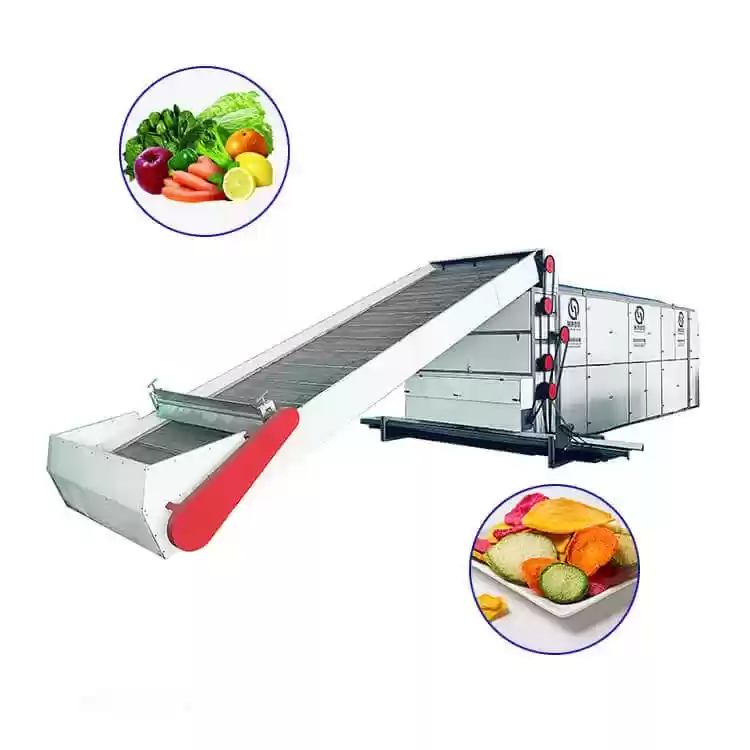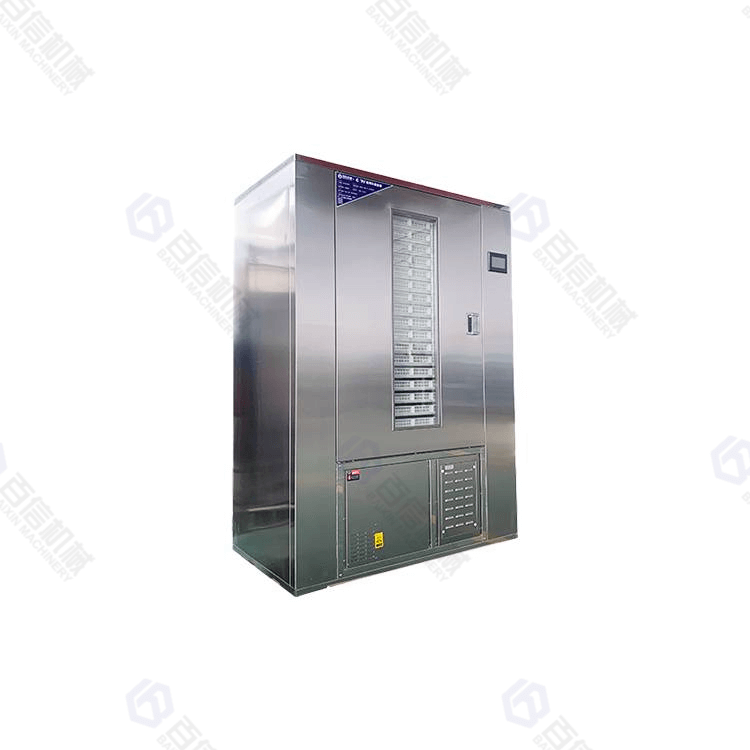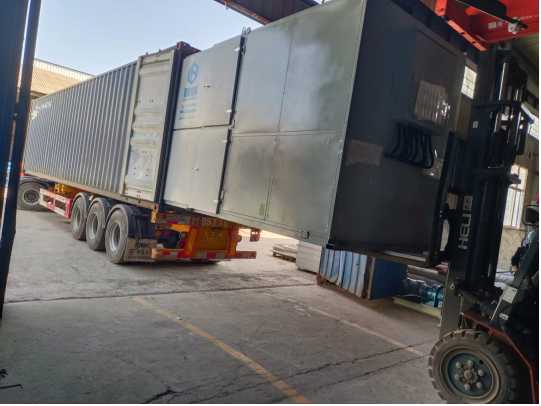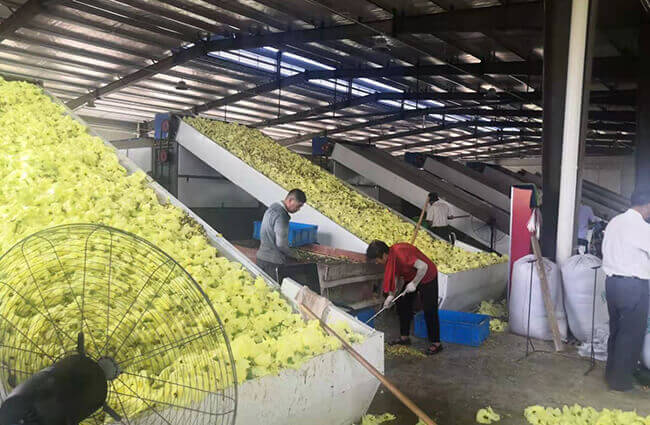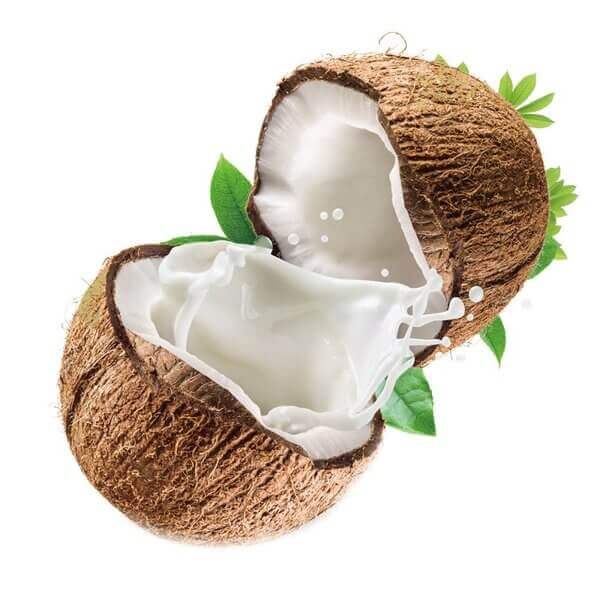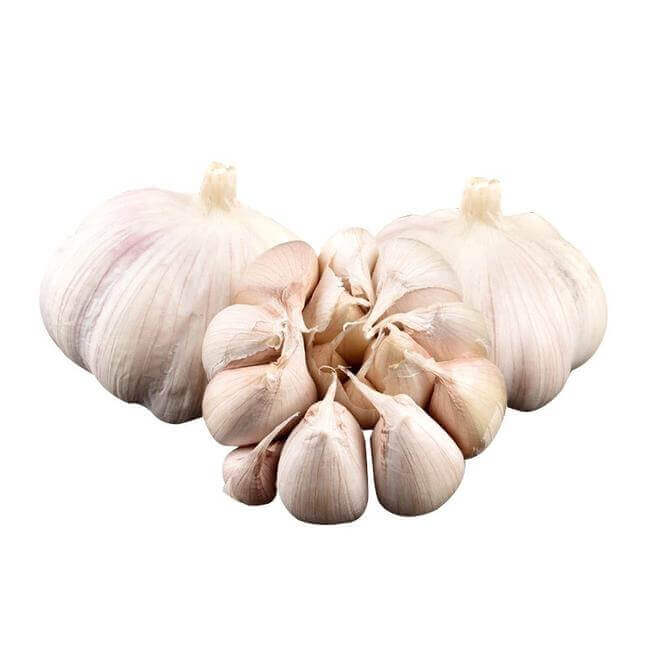Dehydrate Guava in a Dehydrator/Guava Drying Process
Introduction to guava:
Guava, native to South America, grows in barren land or low hills. Its fruit is used for food and its leaves for medicine. It has the functions of stopping dysentery, stopping bleeding and strengthening stomach. After boiling and drying, the leaves are used as tea, which tastes sweet and has the function of clearing away heat.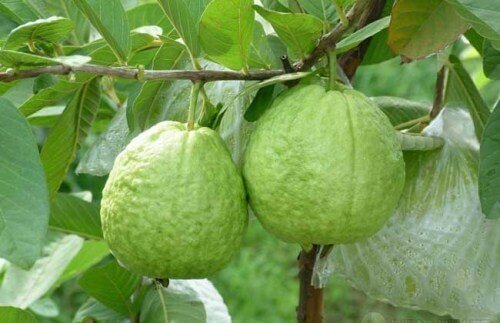
Guava processing steps:
1. Raw material selectionThe maturity should not be too high, just hard cooked. Select 8-90% mature fruit, clean it, cut it lengthwise with a knife, dig out the fruit sac with a spoon, then cut it lengthwise into 8 cm wide strips, then put in 0.2% sodium pyrosulfite and 0.2% calcium chloride mixed solution for color protection and hardening treatment for 4-6 hours, and then pick up the rinsing water. The fruit sac of guava contains hard seeds, so it is not suitable for preserves. It can be used for making jelly or juice.
2. Precooking
When precooking, boil the water and put in the raw materials. The time is generally 2-3 minutes, subject to the translucence of the raw materials and the beginning of sinking. Cool with cold water immediately after blanching to prevent excessive blanching
3. Sugar processing
If the raw material is precooked first, the precooked raw material can be put into 30% cold sugar solution while it is hot for cooling and sugar staining. If the raw material is not pretreated, then use 30% sugar solution to boil for 1-3 minutes until the pulp becomes soft. After 8-24 hours of sugar soaking, remove the sugar solution, add 10-15% of the weight of sugar solution, heat and boil, pour in the raw materials to continue sugar soaking. After 8-24 hours, remove the sugar solution, add 10% of the weight of sugar solution, heat and boil it, then add it back to the raw materials, and use the temperature difference to speed up the sugar penetration, so as to achieve the low sugar content of preserved candy. Starch sugar can be used to replace 45% sucrose, which can reduce the sweetness of preserved guava and make it still full and soft. If we want to increase the sugar content of guava preserved, we should continue to infiltrate sugar until the required sugar content.
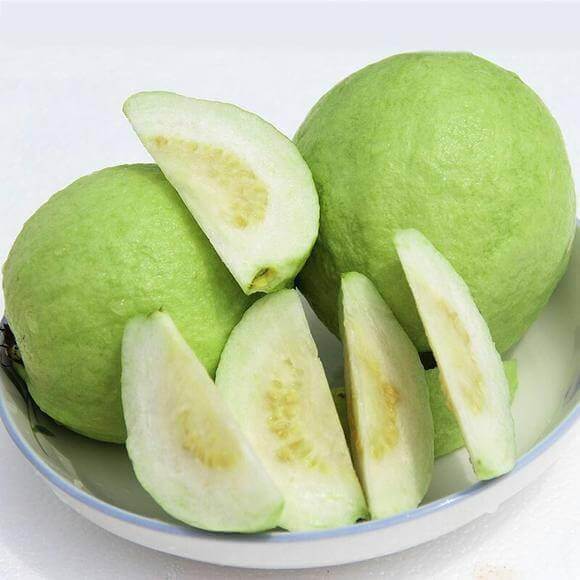
Guava drying process:
After the guava candy reaches the required sugar content, remove the sugar liquid and wash it with hot water to remove the surface sugar liquid, reduce the viscosity and facilitate drying. The finished product of preserved guava should be translucent, glossy, light orange to deep orange yellow, consistent color, uniform sugar penetration, full tissue, no obvious crude fiber when eating, sweet and sour, and outstanding flavor of the original fruit. The total sugar content is 60-65%, the total acidity is 0.5-0.8%, and the moisture content is 18-20%. In the process of drying, the temperature can be controlled at 45 ℃ - 55 ℃. In order to facilitate the evaporation of moisture, the low-temperature drying time is longer. In the middle stage, the machine can be shut down to soften naturally, so that the moisture can move out, and the machine can be started again for drying.After the guava preserves meet the drying requirements, they are softened and packaged. During the drying process, the fruit pieces often deform and need to be flattened after drying. The main packaging method is moisture-proof and mould proof. Dry fruit can be used as the main packaging method. The composite plastic film bag is used to make retail packaging of 50g and 100g. Guava preserved product is dark orange yellow to orange red, glossy, translucent, consistent color, complete appearance, full tissue, dry surface, not sticky to hands.
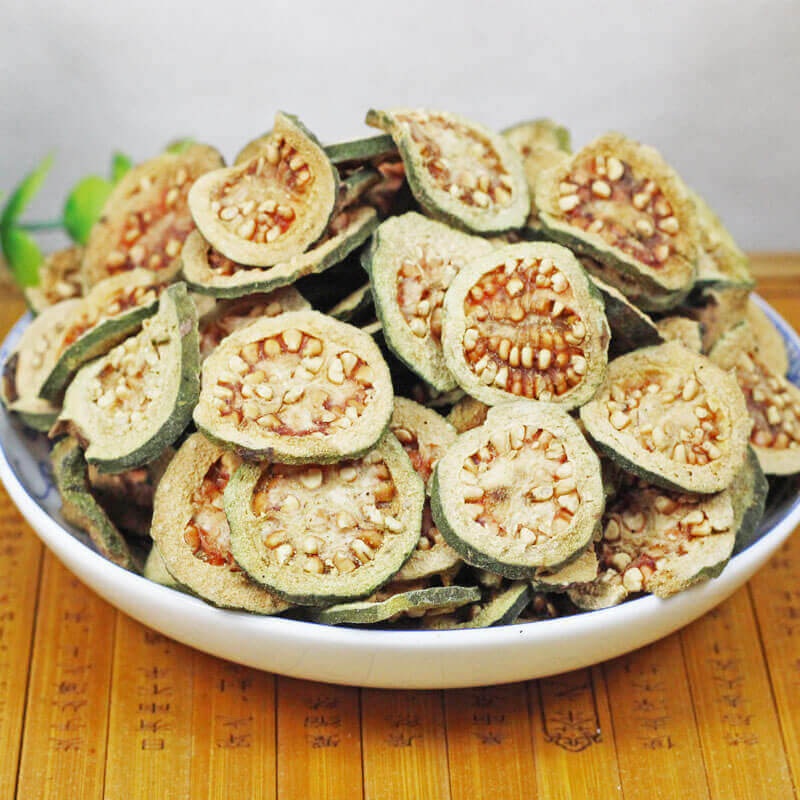
Recommendation of guava dryer/drying machine
Commercial 100-3000kg/h large amount of dehydration wide application and easy operation
Heat pump drying machine use the principle of inverse Carnot cycle. It absorbs low-temperature heat energy in the air, which becomes high-temperature heat energy after efficient heat collection and integration by the heat pump system, and is transported to the drying room for cyclic heating and drying of materials.It refers to exhausting the hot and humid air in the drying room directly to the outside of the drying room through dehumidification device, and then replenishing natural fresh air.
Hot air circle drying machine belongs to high temperature heat pump unit. Its working principle is: the working fluid of the heat pump is compressed by the compressor, becomes high temperature and high pressure gas, enters the condenser, condenses and liquefies the heat, and is used for air heating in the drying room. The moisture in the material is vaporized and evaporated by the form of hot air, and the evaporated water vapor is discharged by the moisture discharge system, thereby achieving the purpose of drying the drying material.


Guava drying video:
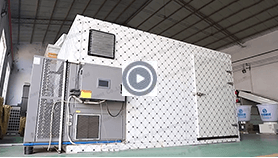



Previous post:
RELATED PRODUCTS
Hot News
-
Hemp Drying Machine Delivery To France
Our French customers have been in the hemp business for many years and have their own plantations. We learned through the Internet that we are engaged in the manufacture of drying equipment and consulted with us on hemp drying. The customer requires that the drying output of hemp is 300kg/h, the heat source uses an air energy heat pump, the heat can be recovered, the installation should be simple, and one container is finished.
-
8 Sets Flowers Dryer Tested Well In Client's Site
This time, we have equipped 8sets flowers dryer of model BX-15m*2.2*4layers. Drying material: flowers Output: 120 tons/day Drying machine: continuous multi-layer mesh belt drying machine Drying time: 1-2 hours
-
Henan Baixin Export 6 Sets Leaf Dryer To American!
In recent days, we have continuously exported 6 dryers to the United States! Customer drying material: leaf material Drying temperature: strict drying temperature and humidity requirements. The drying temperature needs to be kept at about 30-50℃, and the temperature is moderate, which can well retain the effective ingredients, which is conducive to the later material extraction and reprocessing...
RELATED NEWS
-

Coconut Dryer Machine Malayalam
If you want to dry coconuts, you need a professional coconut dryer machine. So what are the coconut dryer machines? How to choose the right dryer machines? Next, I will share with you three types of coconut dryer machines, coconut drying room, mesh belt coconut dryer machine and coconut dryer all-in-one machine. -

Garlic Drying Methods
After drying, the garlic not only retains the original taste and nutrition, but also is more convenient to store and carry. What kind of method can achieve such drying effect? Let's explore this issue together.
There are two ways to dry garlic. One is to do dry garlic at home, and the other is the large quantities of the garlic industry to produce dried garlic. -

Copra Drier
At present, copra drier can be divided into three types according to the output: Continuous Mesh Belt Copra Drier with output of 300-2000kg/h; Heat Pump Copra Drying Room with output of 100-5000kg/batch; and All-in-one Copra Drier with output of 100-1500kg/batch. In addition to different output, these three driers are also different in terms of heat source and working principle. Each has its own advantages, the following is a detailed introduction. -

Copra Dryer Price
Under normal circumstances, copra manufacturers dry the coconut before shipping it out. Today I will share with you the professional copra dryer by Baixin Machinery and the copra dryer price. At present, copra dryer can be divided into three types according to the output: Continuous Mesh Belt Copra Dryer with output of 300-2000kg/h; Heat Pump Copra Drying Room with output of 100-5000kg/batch; and All-in-one Copra Dryer with output of 100-1500kg/batch.

